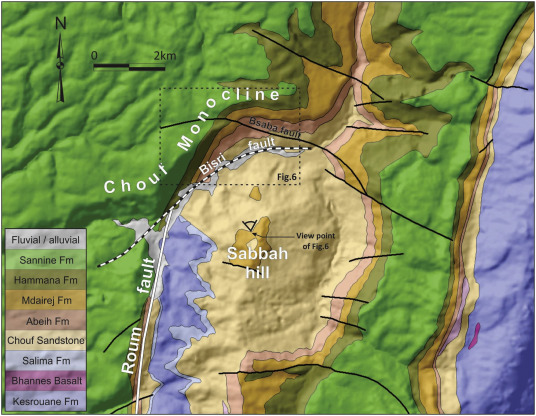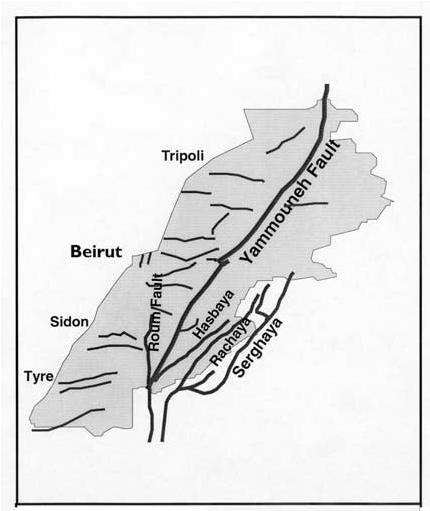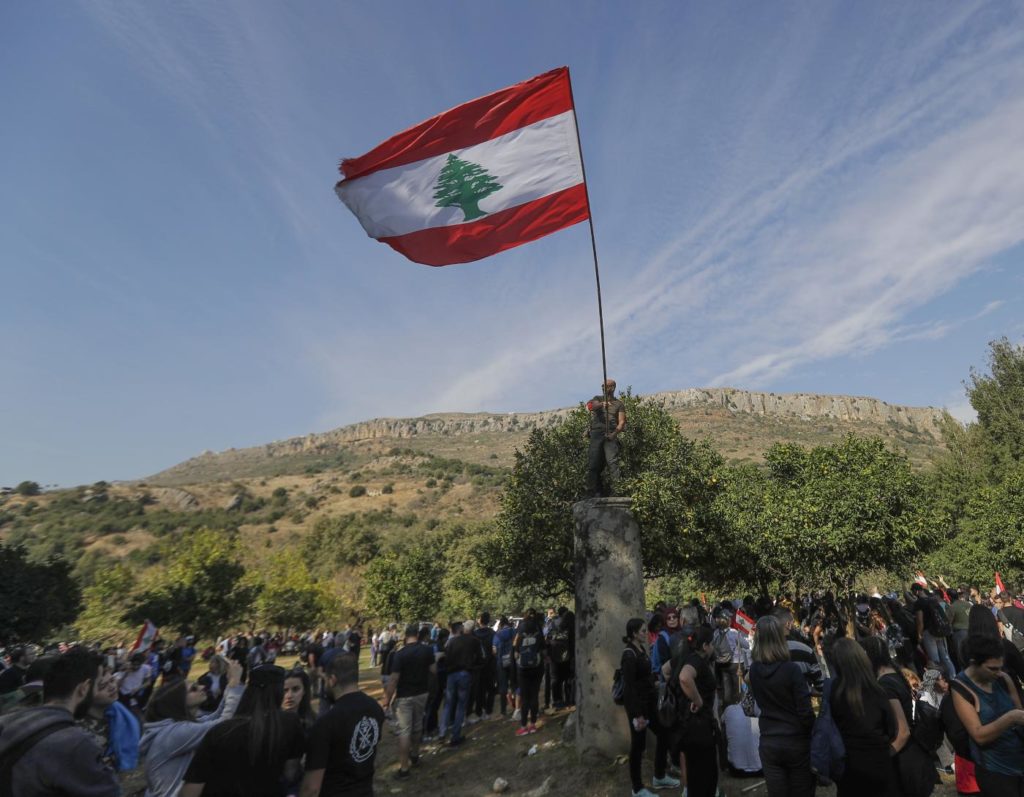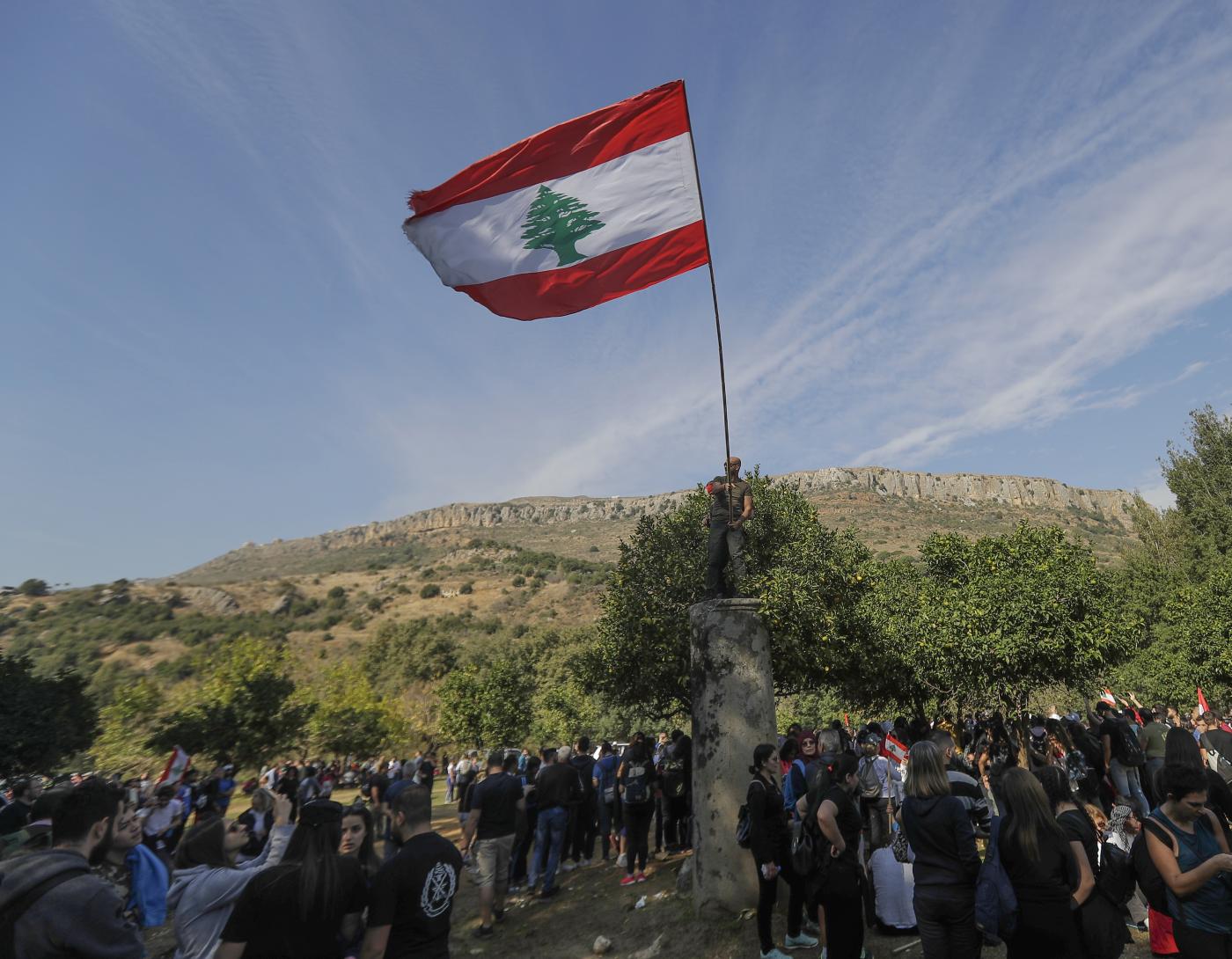The controversial Bisri Dam Project, also known as the Lebanon Water Supply Augmentation Project has become a political issue in Lebanon specially after Hezbollah, AMAL MPs threw their support behind it on Thursday .
The move by Hezbollah and its allies comes after the World Bank approved the government’s extension request of the deadline to complete arrangements and start construction of the Bisri Dam project, according to a statement issued Tuesday evening.
“The World Bank notified the government of Lebanon today of its approval to extend the deadline to fulfill the requirements of the loan agreement of the Bisri Dam project to Sept. 4, 2020,” the statement said.
The Bisri Dam Project was first approved by the World Bank back in September 2014. The organisation had allocated funds for a loan amounting to $617 million, calling it one of their largest projects in Lebanon.
The bank called on the government to uphold an “open, transparent and inclusive consultative process,” with all relevant stakeholders and to safeguard the peaceful treatment of civil society actors and activists who are opposed to the project.
By 2024, the World Bank promised in 2019, the dam would have helped the country secure “clean and reliable water supply to over 1.6 million people” living across the Great Beirut and Mount Lebanon region.
There have been many protests against the construction of the dam for several reasons . However , the main reason is safety . This site is critically located near the active seismogenic Roum fault , is associated with 2 earthquakes and was the epicenter of the last earthquake that took place in 1956

The Roum fault
The Roum fault is a fault branch of the Dead Sea Transform Fault within the Lebanese Restraining Bend. It is an active seismogenic fault that was associated with the 1 January 1837 (Ms 7.1) earthquake, and whose extent has been the subject of great controversy within the restraining bend. The Roum fault was revisited according to a Nov 1 , 2019 article in Science Direct by Tony S. Nemer of the Department of Geology at American University of Beirut after the Bisri dam project which has been planned in one of the fault’s most critical locations, i.e. in the Bisri valley that hosted the epicenter of the 16 March 1956 (ML 5.8) earthquake. The fault and its associated structures in the proposed dam area were discussed, and highlights on the dam site were made as a geologically complex and tectonically active area. According to the study the future water body behind the planned Bisri dam will overlie an active fault, with huge potential for fault movement underneath the dam footprint, liquefaction around the dam foundations, mass movements near the dam site, and direct effect on inducing seismicity on a delicate fault system that can potentially trigger a major earthquake that can affect the whole Lebanon and its surroundings. The study concluded that this requires special attention and in-depth considerations especially of the potential of reservoir-induced/triggered seismicity on the seismogenic Roum fault, and makes of the Bisri area a very unfavorable site for the proposed Bisri dam in Lebanon.


According to analysts securing a water source is extremely important but safety of all the Lebanese citizens should be the main concern. This site is obviously unfavorable for the proposed Bisri dam in Lebanon , due to the fact that an earthquake could erupt there anytime , the government should therefore forget all about it and look for a safer location.

Leave a Reply
You must be logged in to post a comment.